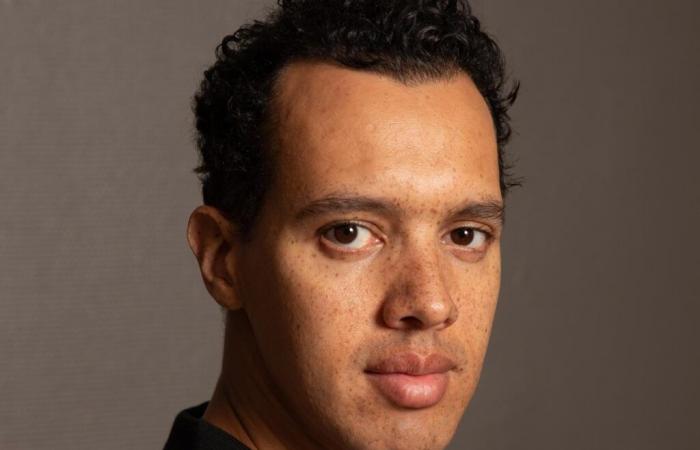
Rapper, composer and musician, Gaël Faye became famous above all for his first novel, Small country (Grasset), which won numerous prizes in 2016, including the Goncourt des lycéens, and was adapted for the cinema. He recounted the terrible genocide of the Tutsi in Rwanda, where his mother came from. For his second novel, Jacaranda (Grasset, 288 pages, 20,90 euros), At the age of 42, he has just received the 2024 Renaudot prize.
I wouldn’t have gotten here if…
… If I had not gone to see the theater, on the eve of my baccalaureate, in June 2000, the show Rwanda 94. My best friend, who is not Rwandan, had offered me a place, and we both took the train to Lille to see this play by a Belgian company, Groupov. It lasted six hours, but it was as if it cleared away the fog that had always existed in my life.
How can a play cause such an explosion?
It allowed me to put words to the silence that reigned in my family. I left Burundi in 1995, at the age of 13, to arrive in France with my mother, who lived in Versailles, and we had never been able to talk about this past where the words “conflicts”, “genocide », “massacre” were confusedly intertwined. Nor the war that my sister and I had experienced. Until then, I had asked questions and received no answers. This play produced such a shock on me that I had to watch it again five or six times, taking friends with me.
Read also | Article reserved for our subscribers The Renaudot Prize rewards Gaël Faye for “Jacaranda”
Read later
What did this show say?
The piece began with the testimony of a survivor. On an empty stage, a woman sat on a chair and, addressing the room, she told her story, how her children had been killed during the genocide. It was incredibly intense, which allowed me to take the measure of this event, to understand that a genocide is firstly anchored in an ideology. That this genocide was not a matter of centuries-old conflicts between Hutu and Tutsi. Nor was it based on a physical difference, which I had always been told, between the Tutsi, presumed tall and thin, and the Hutu, presumed short and stocky.
Like a lecture, this piece showed how 19th century European biological racisme century imposed a racial reading grid on Rwandan society, accompanied by anthropometric measurements to measure noses and categorize Rwandans. How Hutu and Tutsi, which were social groups, were transformed into racial categories. How the ethnic identity card arrived in Rwandan society in 1931, and at that time fixed the way Rwandans looked at themselves. Suddenly, I understood my mother’s story…
You have 78.79% of this article left to read. The rest is reserved for subscribers.





